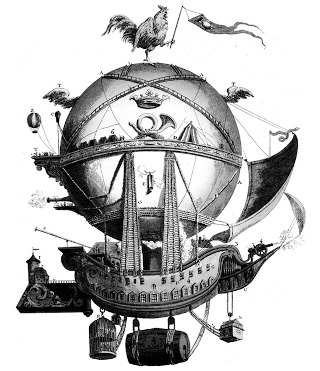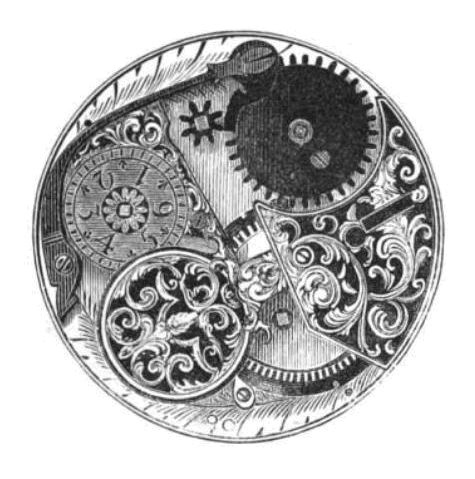Recap

Over the past year we’ve been busy designing and building a series of timeless FPGA computer prototypes in small batches. Along the way we’ve also built over a dozen modules and tools.
When we talk about “timeless” applications we mean things that people were doing 100 years ago that they will likely still be doing in 100 years. Many of these things don’t need the latest technology to be useful, they just need stable and responsive technology, like a pen and paper.
As we outlined in a previous post our goal is to build useful computers that exist somewhere in-between a pen and paper and a state-of-the-art modern PC.
Our Computers
Riegel is a small, responsive FPGA computer. Riegel is very capable and while our Zucker SOC makes use of all of its hardware, it’s far from optimal and there is a lot left to be done. Riegel is a great platform for retro computing and bare-metal RISC-V software development.
Schoko is a slightly larger and even more capable FPGA computer designed specifically for running timeless applications on Linux. Schoko is not fast by modern standards but it is usable and capable of running thousands of existing applications.
Bonbon is a slower but more compact FPGA computer that can easily fit in your pocket.
Keks is our upcoming FPGA game console (and computer) intended for educational gaming and game development.
While all of our computers may be technically capable of running Linux we currently only officially support Linux on Schoko.
What’s next?
The great thing about FPGA computers is that they can get better and more useful over time. One of our main focuses going forward will be on improving our existing computers through our open-source gateware, firmware, software and documentation.
We will also continue improving our open-source enclosure designs and our manufacturing processes and capabilities, and when chip supplies become more available we hope to increase production and reduce the price of our computers.
We plan to design and build additional computers, including a laptop and a higher-performance computer, but instead of being driven by competition or technology, we are driven by creating computers that can withstand time, and we have no urgency to release new products.
We’d like to thank all of our customers for taking a chance on our prototypes and reiterate our commitment that you will be able to count on support and improvements over the days, months, years and decades ahead. We also welcome and encourage you to get involved, follow us on GitHub, and contribute to improving and making the computers more useful however you see fit.

